Picture This
Rock photographers share famous snaps and stories for one night only in Dallas
It’s been said that writing about music is like dancing about architecture, which is why photography has been such a crucial component in building the myths and legends of rock. Photographers who were lucky enough to be at the right place at the right time — and who had the wherewithal to press the shutter at that exact right second — have probably contributed more to the history of rock 'n' roll than a thousand articles in Rolling Stone.
And you can definitely include Henry Diltz and Pattie Boyd among that number. The photographers have aligned to bring a night of iconic images — and the stories behind them — to The Kessler in Dallas on April 7, as part of the Morrison Hotel Gallery’s “Behind the Lens” tour. Dallas is one of a dozen cities on the tour, which also hits Stateside at the Paramount Theatre in Austin on April 8 and Tobin Center for the Performing Arts in San Antonio on April 9.
Although their careers and their milieus were very different, both Diltz and Boyd got started in a similar fashion. Diltz, a musician by trade in the Modern Folk Quartet, had developed a photographic habit while touring, returning home to throw slideshow parties at his house.
“I picked up a camera by accident and started photographing my friends, and a few years later, they all became famous,” he recalls. “My whole approach was like Jane Goodall and the chimps: She wanted to see how they really reacted naturally, and I wanted to see what was going on and capture those moments.”
The first band Diltz shot was Buffalo Springfield, an image that was actually supposed to highlight the mural they stood in front of for scale. When a magazine offered to print it for $10, he started taking his side career seriously.
“I’m not a normal kind of photographer who went to school and set out to photograph for money,” he says. “I was just looking at the world through the lens; it was just a way of hanging out.
“When I was taking publicity photos of James Taylor, I wanted to take a color shot, and that became the cover of Sweet Baby James. It was the same thing with Crosby, Stills & Nash’s first album — it looked so nice when they sat on my couch!”
Being in the center of Laurel Canyon in the “peace and love hippie days” was no doubt an idyllic existence, and Diltz found himself snapping the likes of Neil Young, Joni Mitchell, The Doors, and The Eagles.
Meanwhile across the pond, Pattie Boyd had a successful career as a model in swinging London. Curious about what was happening on the other side of the lens, she asked fashion photographer David Bailey to show her the ropes.
“I had a few lessons [in photography] from quite a young age, and, years later, I had proper professional classes. But up to that point I’d been photographing all my friends. David Bailey emphasized that composition and light were essential, and I started looking for that.”
Boyd had her own share of famous friends; she met George Harrison on the set of A Hard Day’s Night, and he quickly swept her off her feet. She married into a world of rock royalty at just 21 years of age.
Boyd began shooting The Beatles in earnest on a ’68 trip to India. Having left Harrison to marry Eric Clapton in the ’70s (inspiring the songs “Something,” “Layla,” and “Wonderful Tonight” along the way), Boyd managed to capture many significant moments, but says in retrospect she wishes she had been a bit more aggressive in her approach.
“I’m quite a shy person, and when I was young, I was aware of being in a privileged position, and I didn’t want to be intrusive. Now I think, ‘Damn, I wish I’d been a little bold!’” she recalls.
“It didn’t occur to me that I had any creativity. I wasn’t ambitious and so I didn’t think about myself in any way that wouldn’t involve my husbands.”
After her second divorce, she says she “hit rock bottom,” but a friend’s prompting made her look through a collection of work that she hadn’t up until that point taken seriously.
“I had a look through, and [my friend] got in touch with the San Francisco Art Exchange. In 2005, I had my first exhibition [there]. I was so nervous and wasn’t sure if what I was showing was too intimate or private, but it was really well received and that inspired me.”
With such a large body of work in his files, Diltz had meanwhile started the Morrison Hotel Gallery in New York to sell his images. Named after the album he shot for The Doors, he soon brought other photographers into Morrison’s fold, including Boyd.
“We met her and she was so delightful, we are kindred spirits and love to laugh at the same things,” he says. “One of my partners said, ‘You should do a slideshow with Pattie.’ For me, it’s 50 years later; I started with a slideshow, and now I’m still doing slideshows. I think of Pattie as the cherry on top.”
The duo has honed a freewheeling style for “Behind the Lens,” where the images and the stories are never quite the same night after night. After learning the real stories behind those images, fans have the opportunity to purchase signed prints after the show.
“It’s Pattie’s and my job to educate people and talk about what it was like. For me, every single photo was a memory of a time and a place,” Diltz says.
Boyd agrees. “I remember certain things one night and not another night prompted by my photographs and memories that come to mind. That’s the great thing about photography — it brings you back to that moment in time and what was happening in the atmosphere.”
---
Tickets to “Behind the Lens” range from $22-$34 and can be purchased online. Doors open at 7 pm; the show begins at 8 pm.
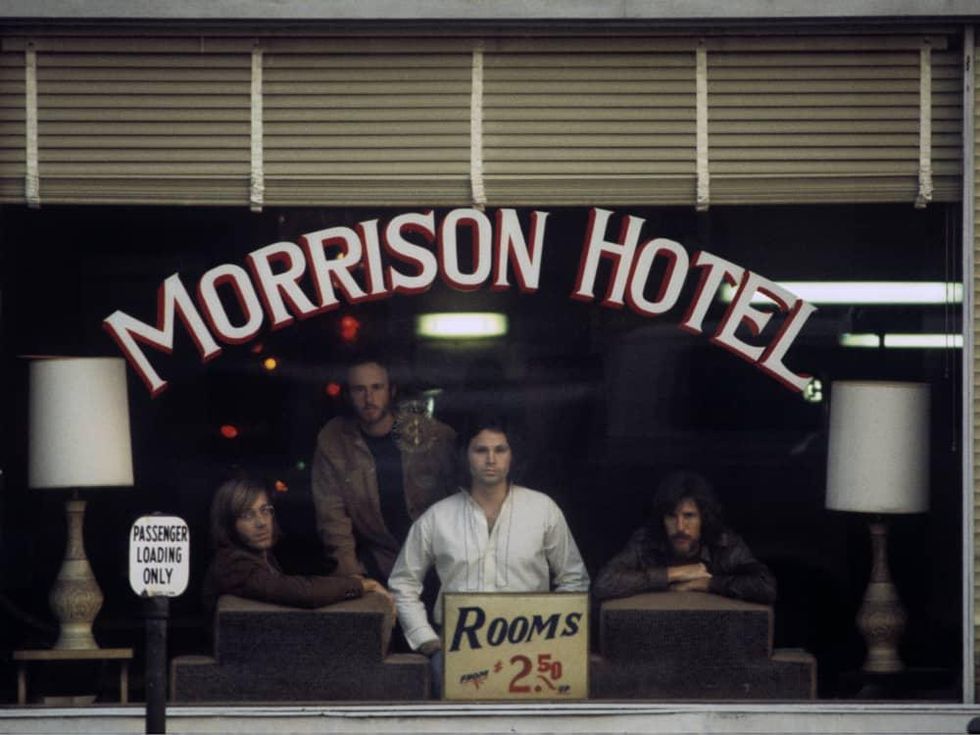

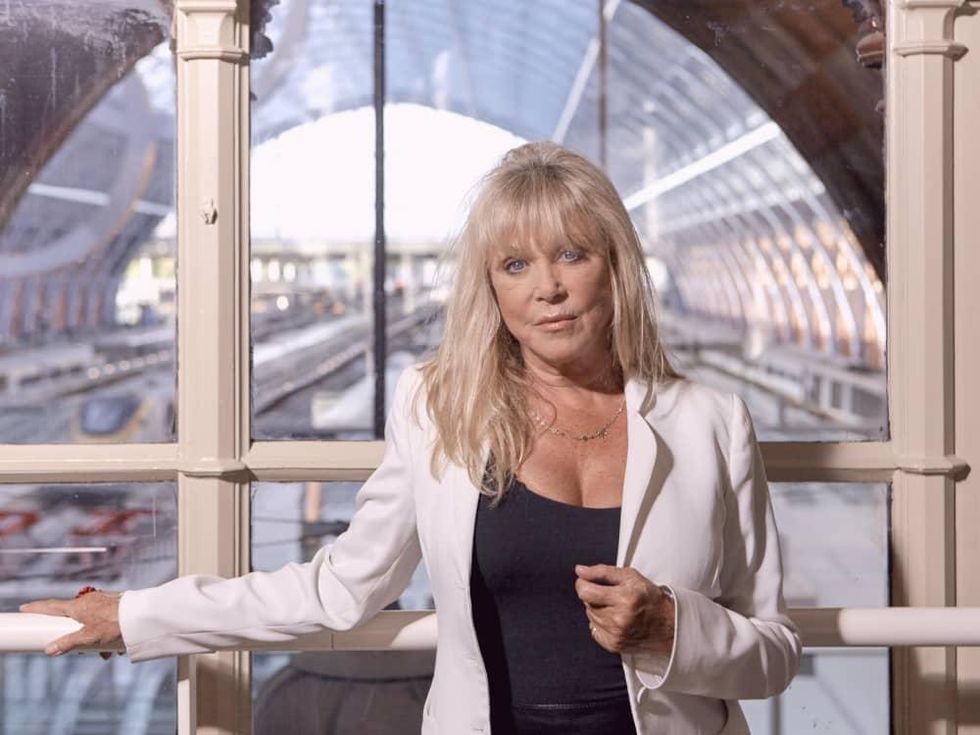
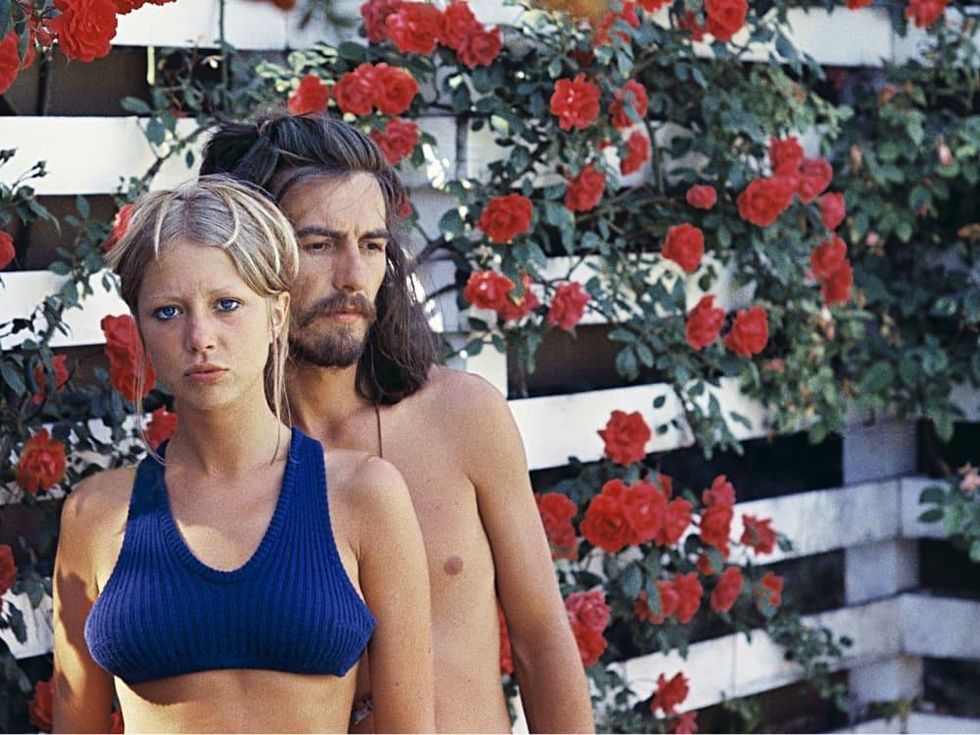


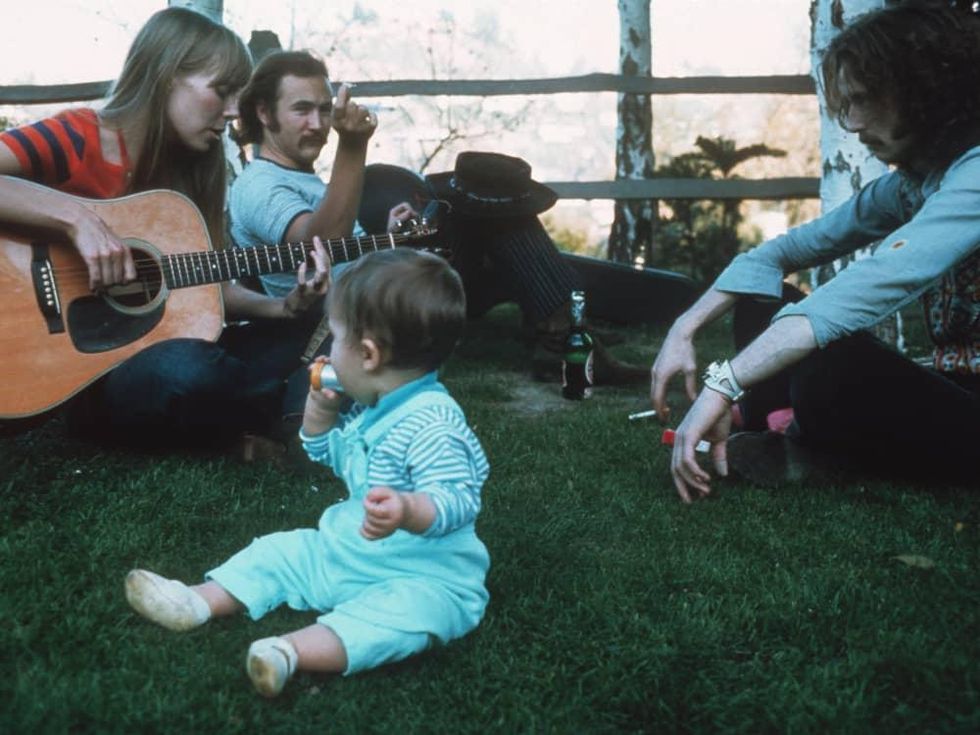
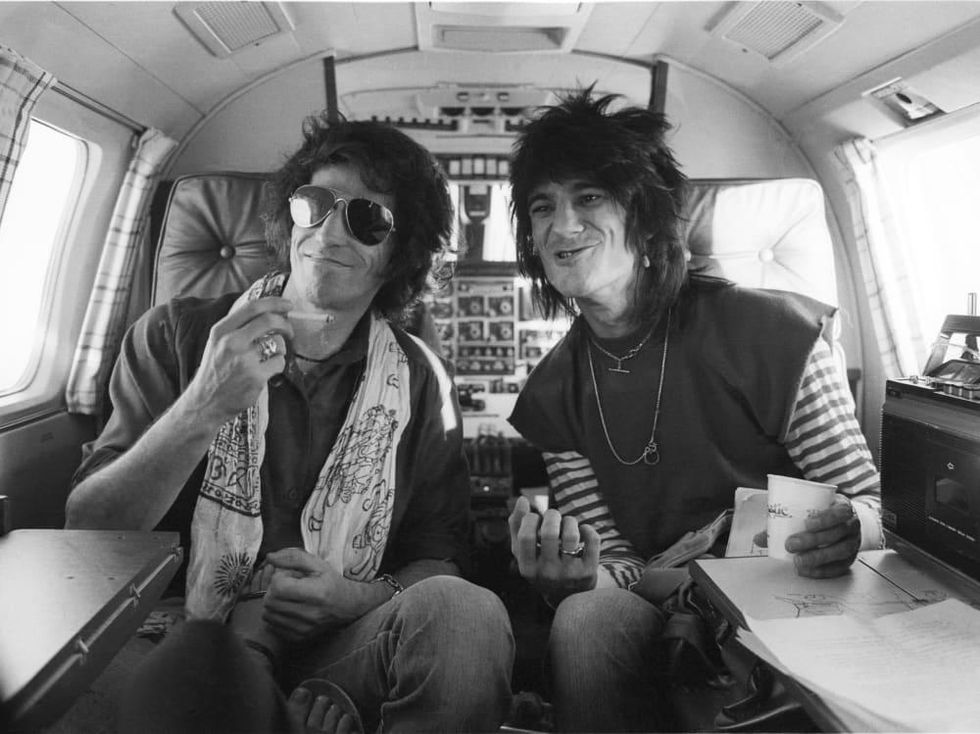

 Guy Fieri and Oren Salomon Courtesy photo
Guy Fieri and Oren Salomon Courtesy photo 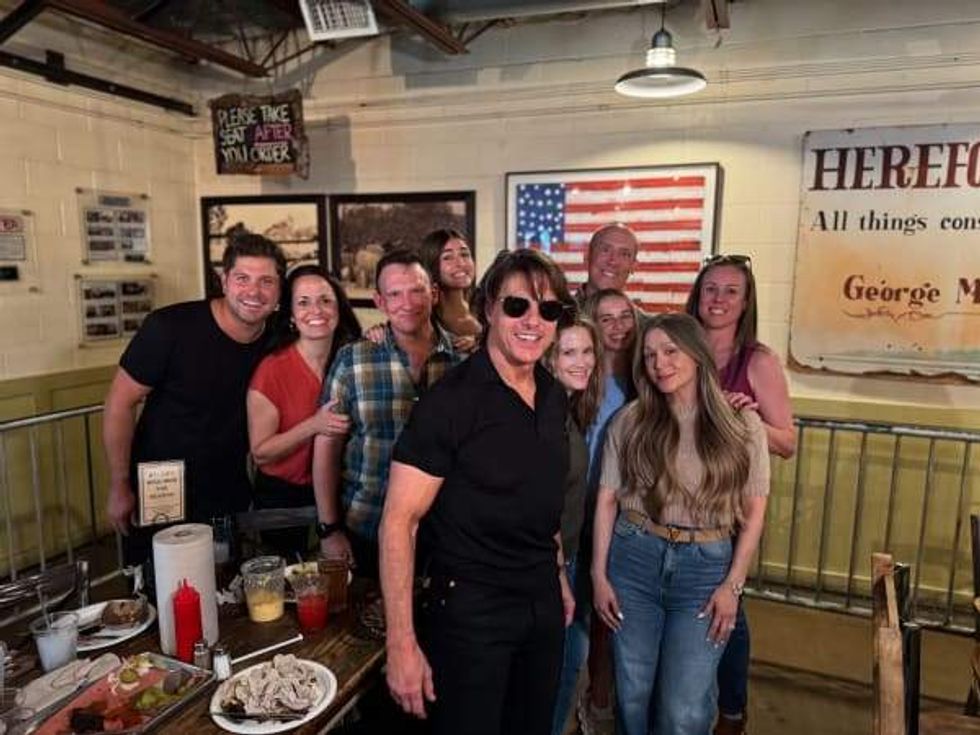 Tom Cruise in Dallas Tribal Cafe
Tom Cruise in Dallas Tribal Cafe 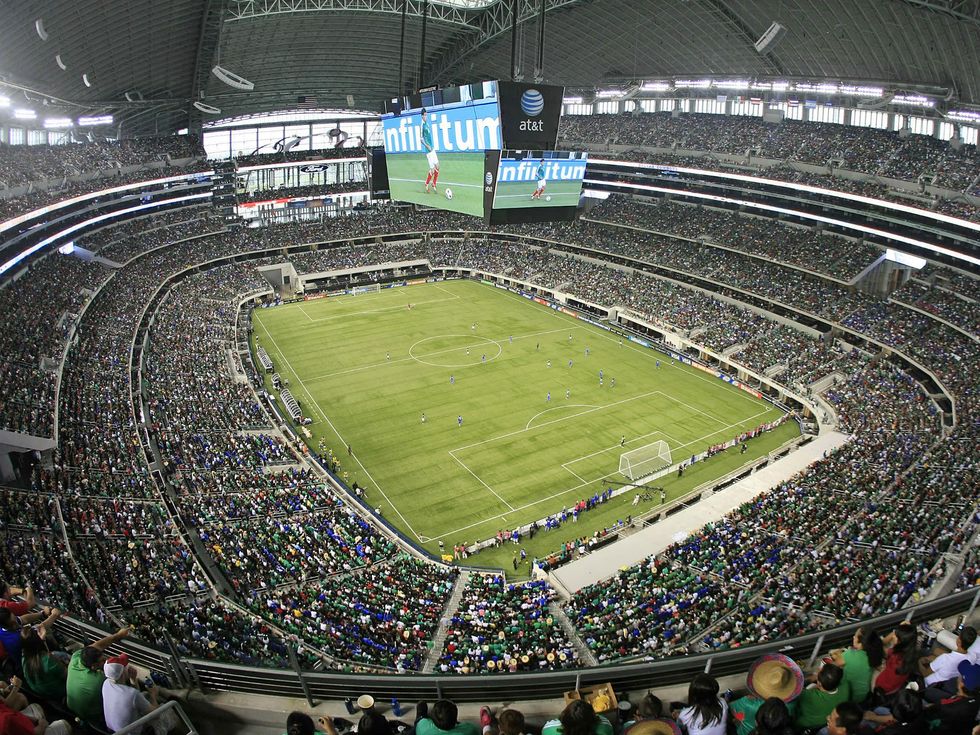 The 2026 FIFA World Cup will be played at AT&T Stadium in Arlington and other venues in the U.S., Mexico, and Canada. Photo courtesy of CONCACAF
The 2026 FIFA World Cup will be played at AT&T Stadium in Arlington and other venues in the U.S., Mexico, and Canada. Photo courtesy of CONCACAF 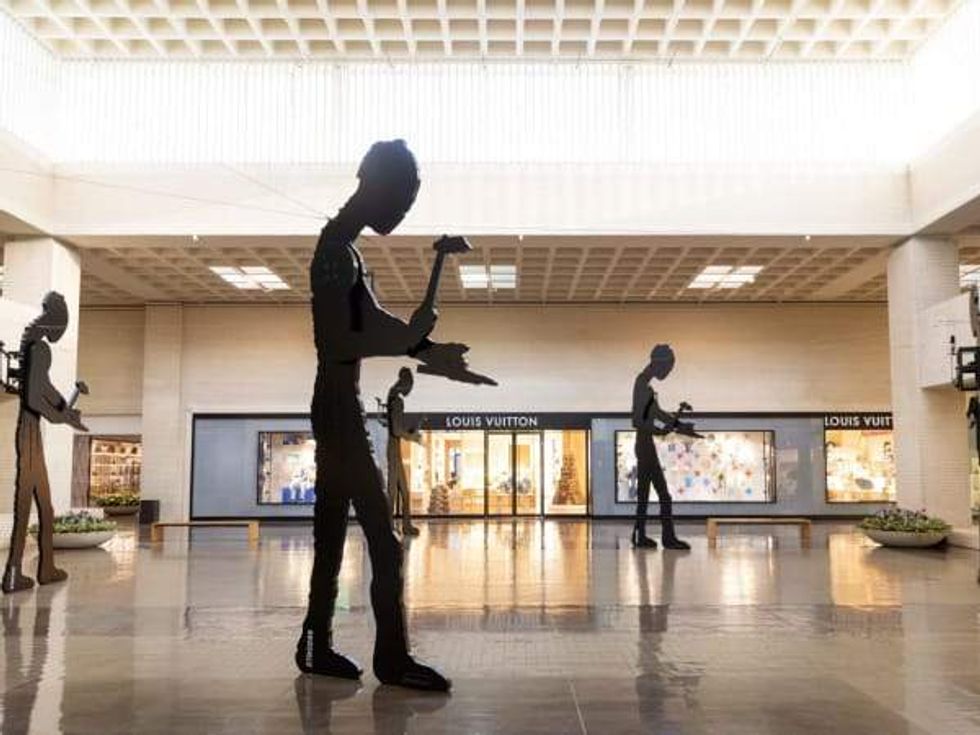 Hammering Men, 1982 NorthPark Center
Hammering Men, 1982 NorthPark Center